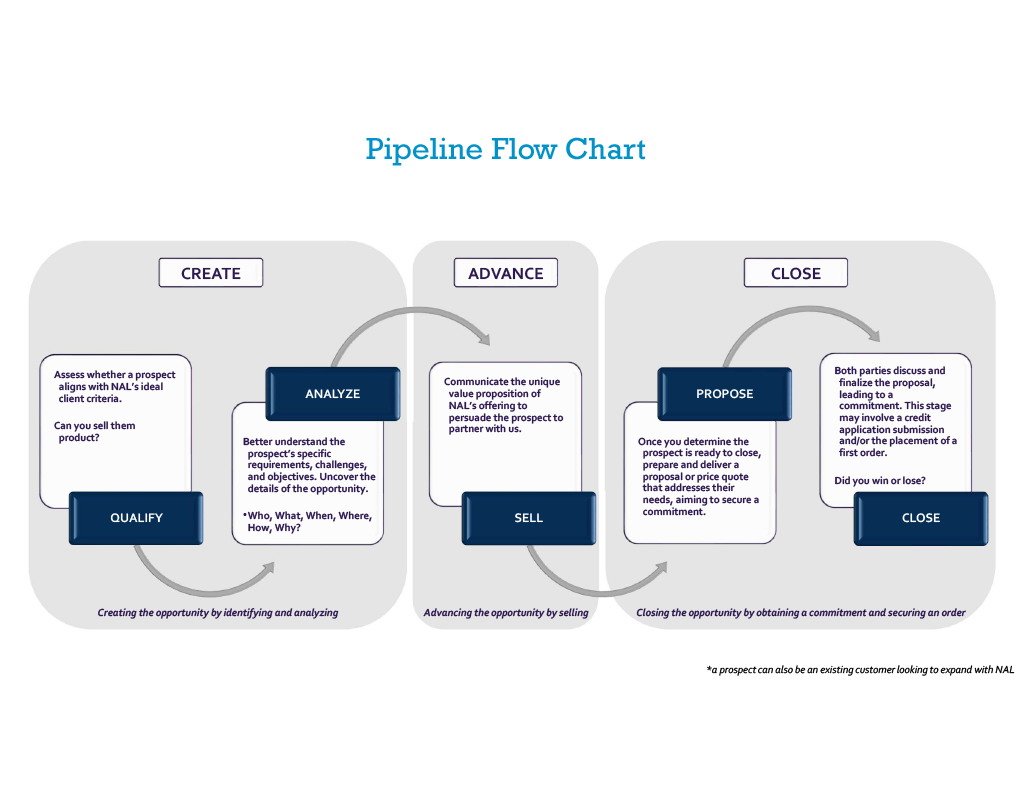Sales Process
- Where are we Now?
- Who is driving… us or the customer
- Retain control. While it’s important to accommodate customers’ preferences, guide the conversation back to mutually beneficial solutions.
- It can be difficult to maintain control when customers are pushy or demanding, but continue to drive your agenda.
- Does the customer or prospect understand the challenges within the market?
- Making sure that a prospect is aware of industry challenges will ultimately help you add value and complete a sale.
- Sense of urgency
- Urgency in sales drives prompt decision-making, sets you apart from competitors, accelerates revenue, and strengthens customer relationships.
- Time kills all deals!
- Who is driving… us or the customer
- Define Opportunity
- What is the difference between an opportunity and a lead?
- A lead is a prospect that could turn into business.
- An opportunity is once the lead has confirmed the type and amount of product they are interested in.
- Qualify the opportunity to identify if it is real and feasible before continuing in your sales cycle.
- Be wary of consumers attempting to illicit a price sheet to get better prices from competitors.
- Beware of email phishing, scams, and solicitation.
- Can you clearly define your opportunity?
- Identify what problems you’re solving for the customer: bad relationship, product unavailability, long lead time, high price, etc.
- Also, you must be able to present hard facts about the opportunity: product, company name, location, order size, price, etc.
- Identify any resources needed and have them prepared for your next meeting or phone call.
- Tracking your opportunities is important to be able to track the progression of your pipeline.
- What is the difference between an opportunity and a lead?
- Getting to Close (Yes or No)
-
Pre-Close Questions
-
Have your prospects make small buying decisions throughout the sales process.
-
“Do you purchase in bulk or drum?”
-
“When do you need this by?”
-
“How would that work for you?”
- “What are you tank sizes?”
-
-
- Ask for the business.
- Clear and direct message.
- Use a closing technique.
- Be prepared. Know the customer, market conditions, reputation, etc.
- The relationship you developed throughout the sales process will pay dividends when attempting to close.
- Always have a pre-call plan with notes that list topics you want to hit.
- Remember: You are selling yourself and your company, not products!
-


